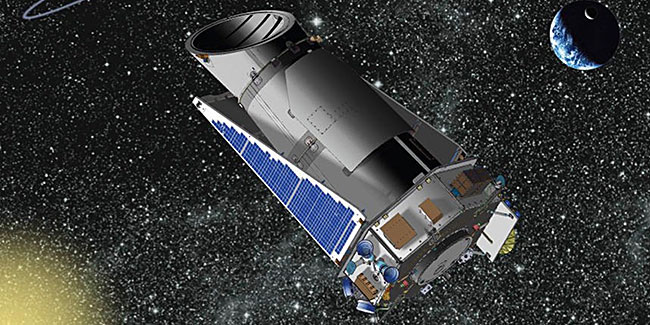Using Artificial Intelligence to Hunt for Exoplanets
 Are we embarking on a new era of astronomical research?
Are we embarking on a new era of astronomical research?
Astronomers led by an undergraduate student in Texas have become the latest team in a recently burgeoning field to use an artificial intelligence program to discover planets outside of our solar system.
The AI program sifted through a vast amount of data collected by NASA's Kepler space telescope to discover two planets which have been officially named as K2-293b and K2-294b. They orbit stars in the constellation Aquarius and are both slightly larger than Earth.
Anne Dattilo, a senior at the University of Texas, Austin, found the planets by modifying an artificial intelligence program called AstroNet-K2 (a neural network that classifies exoplanets and false positives) to work on data from the end of the Kepler mission. The planet-hunting telescope was launched on March 6, 2009, and NASA announced its retirement on October 30, 2018.
Once the AI program detected stars that appeared to have planets, Dattilo and her colleagues confirmed the findings with ground-based telescopes.
“If we want to know how many planets there are in total, we have to know how many planets we've found,” said astronomer and team member Andrew Vanderburg in a statement from the University of Texas McDonald Observatory. “But we also have to know how many planets we missed. That's where this [AI] comes in.”
More Discoveries
Astronomers expect that many more planetary discoveries will be made in the future with the use of artificial intelligence. One of the key reasons is that increasingly telescopes collect digital data about stars and galaxies as well as their images.
Add your Comment
[LOGIN FIRST] if you're already a member.fields are required.
